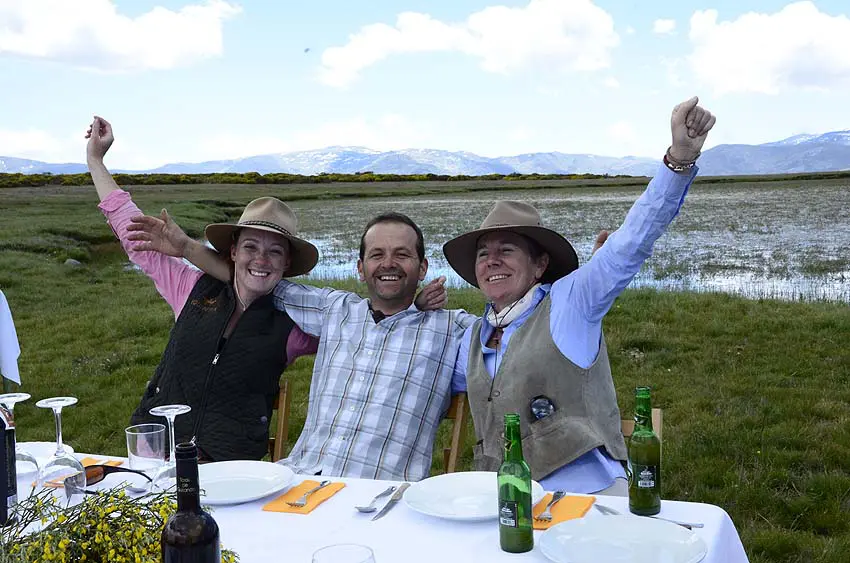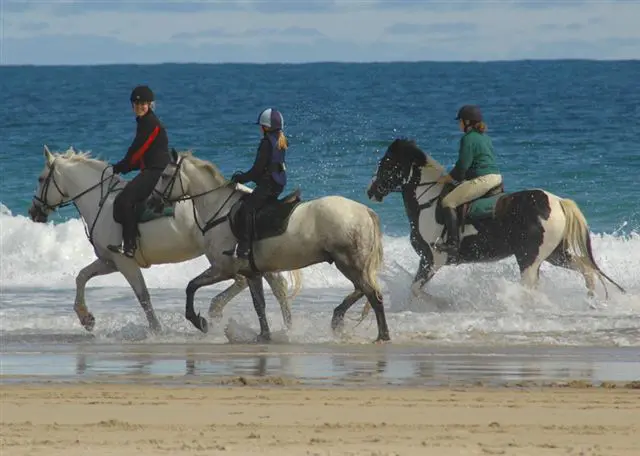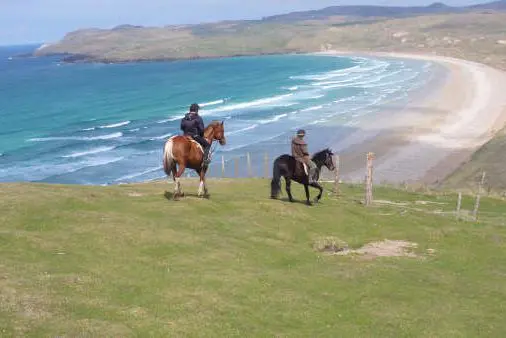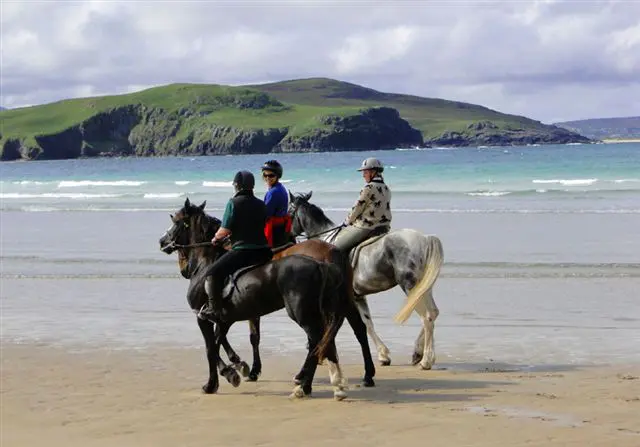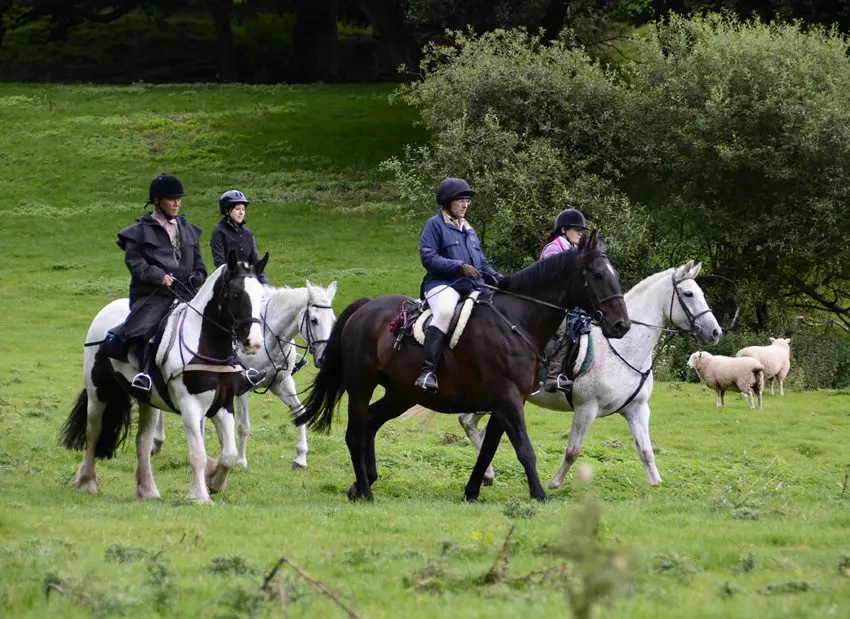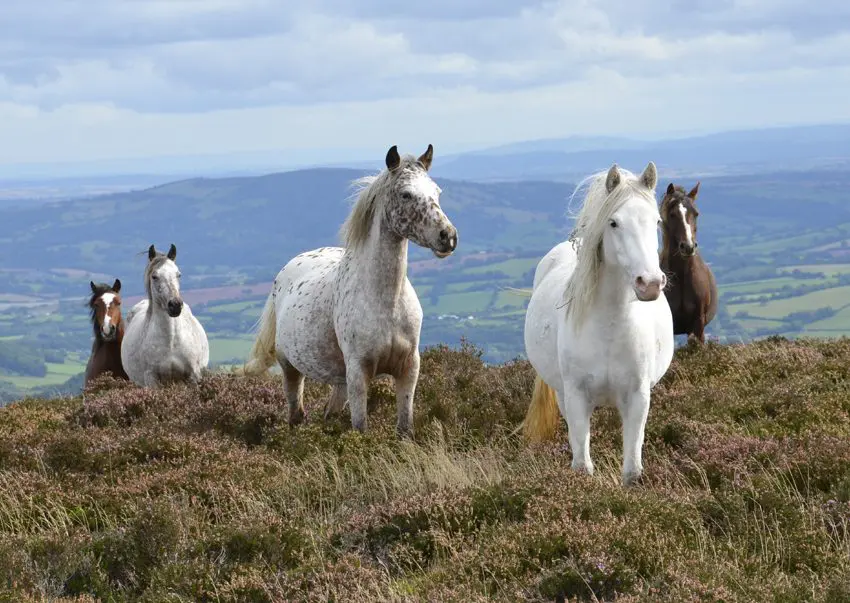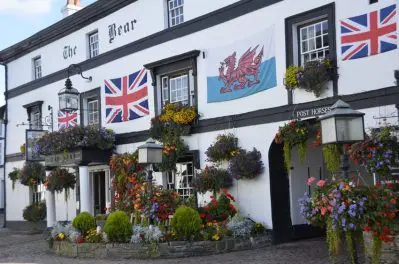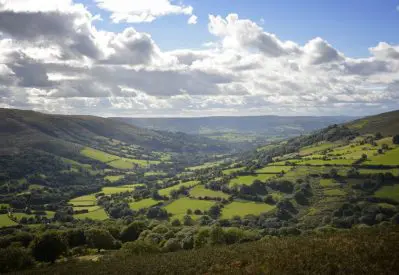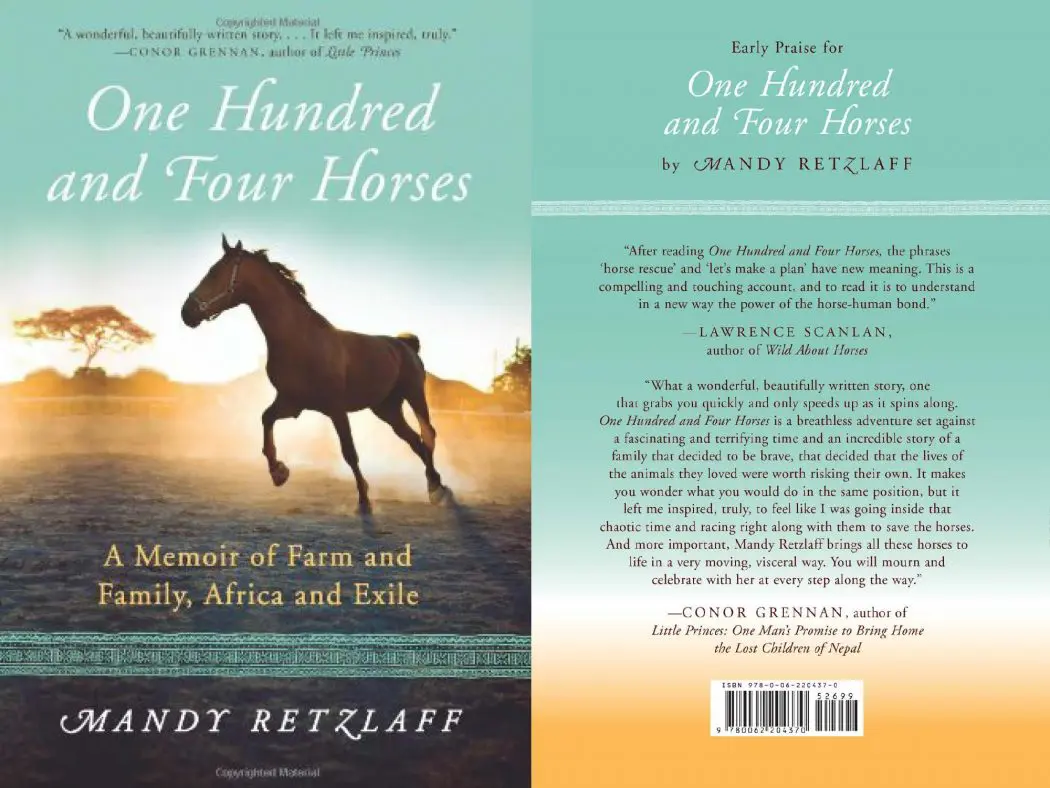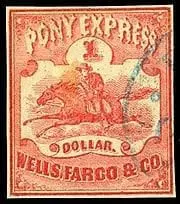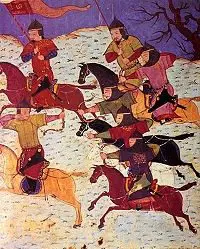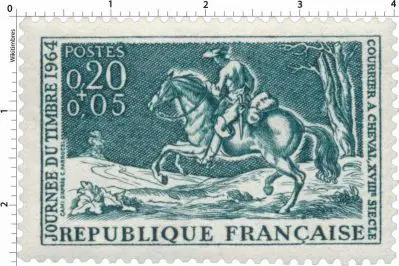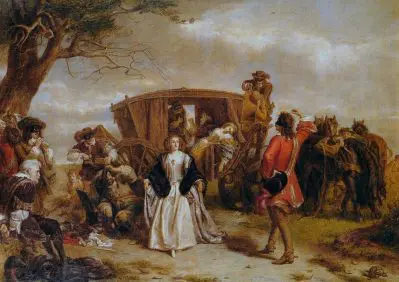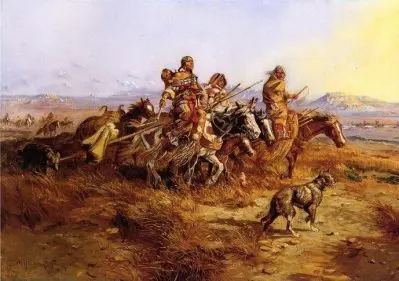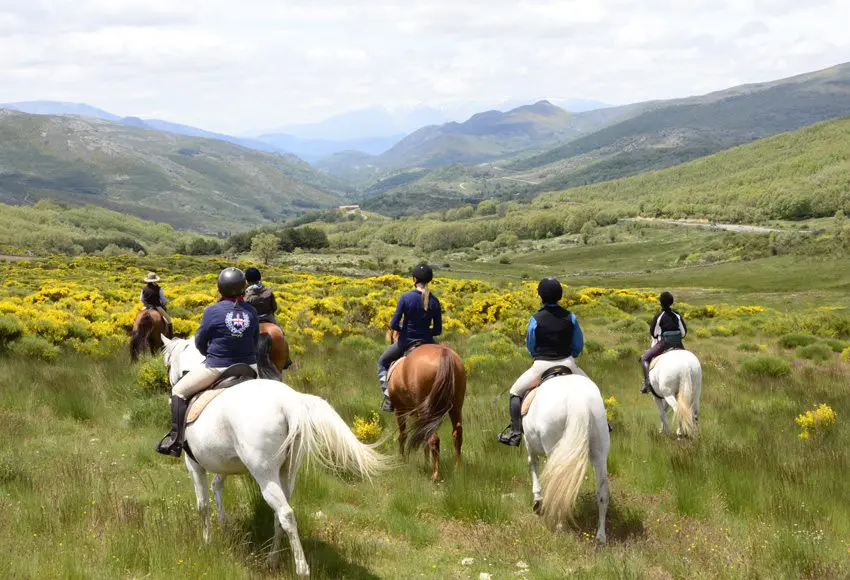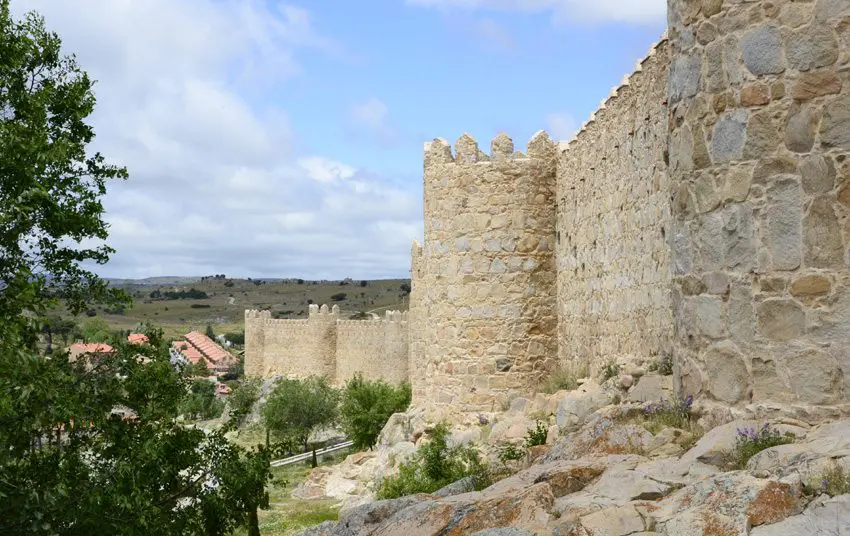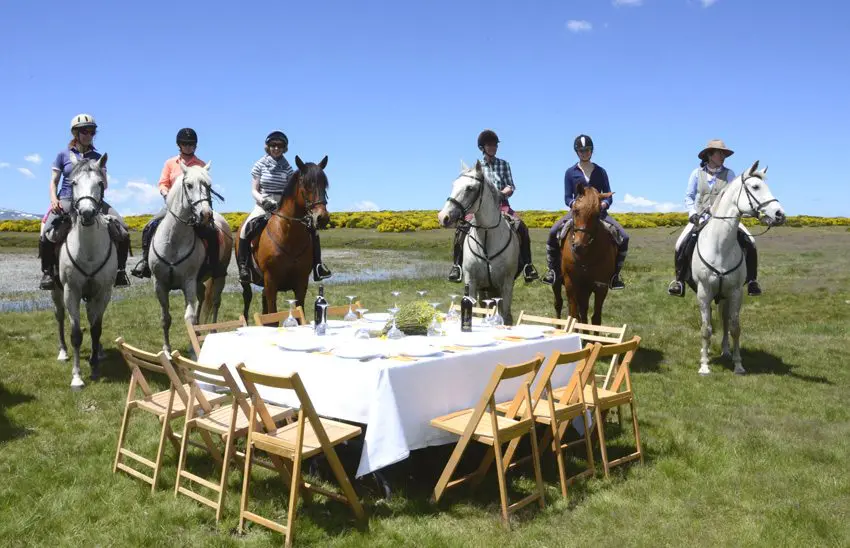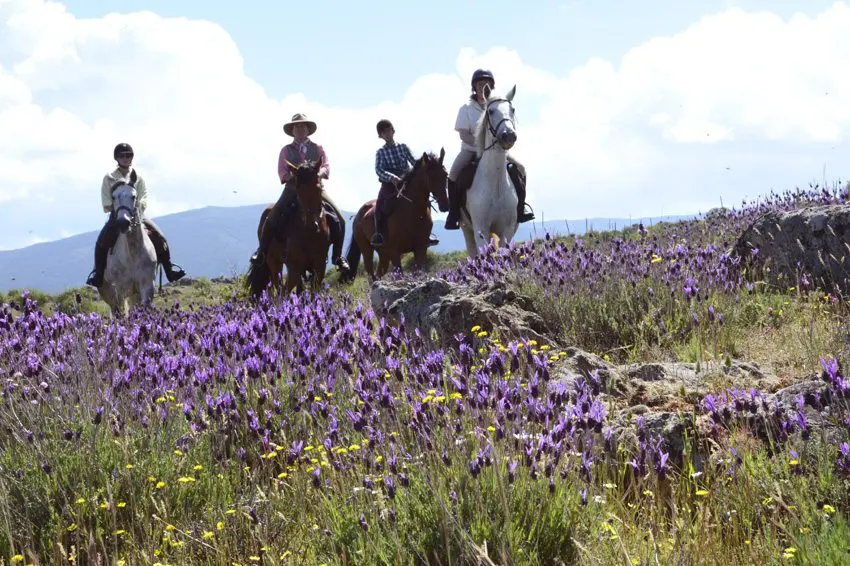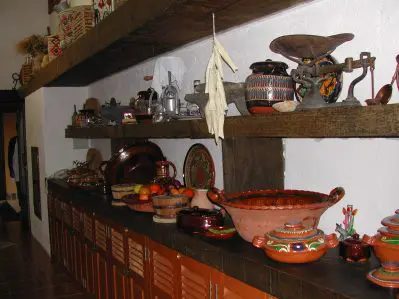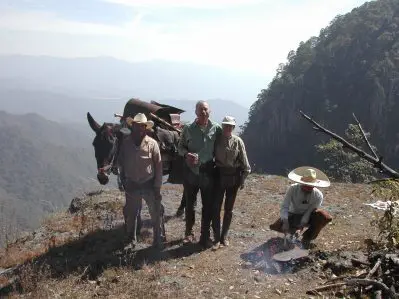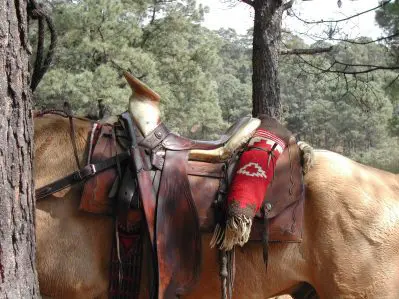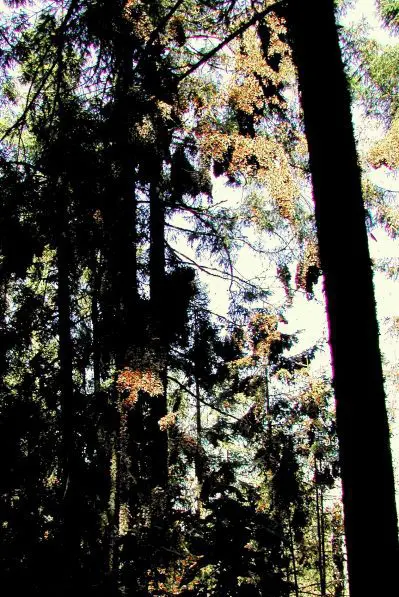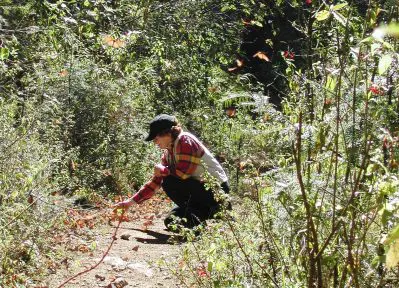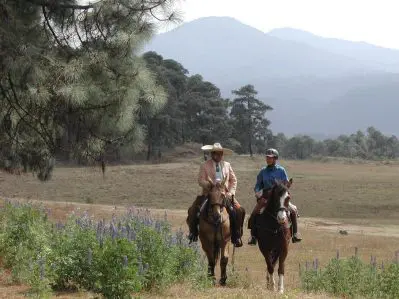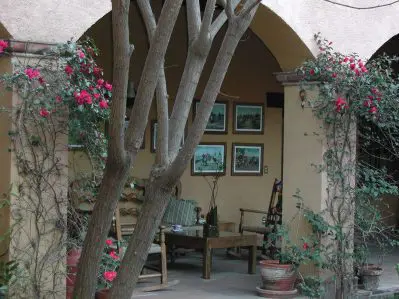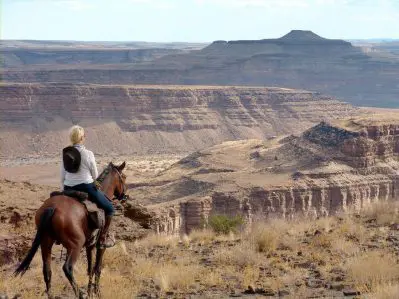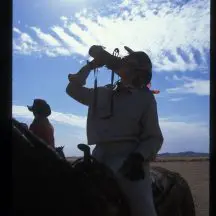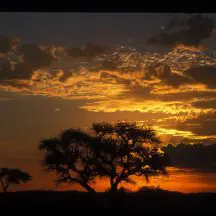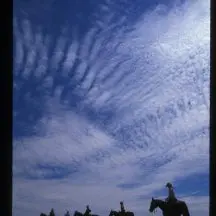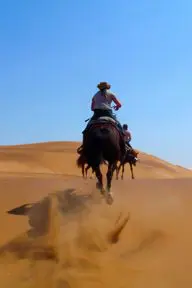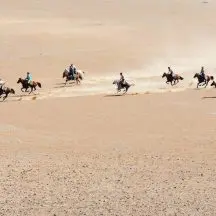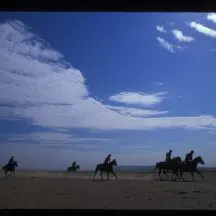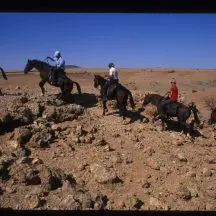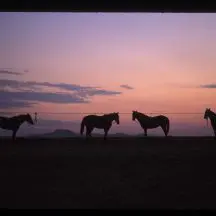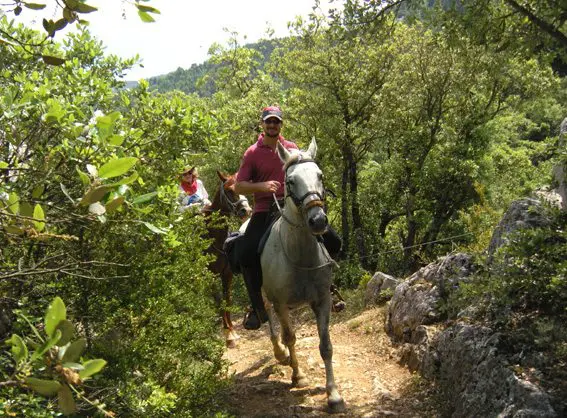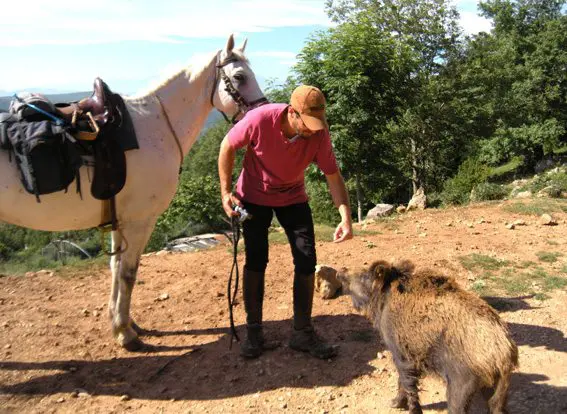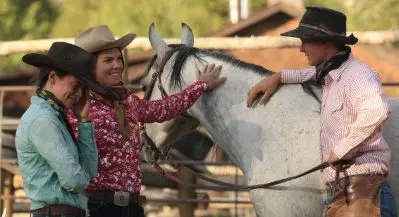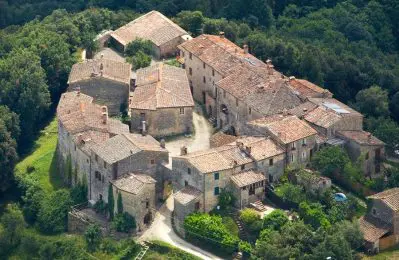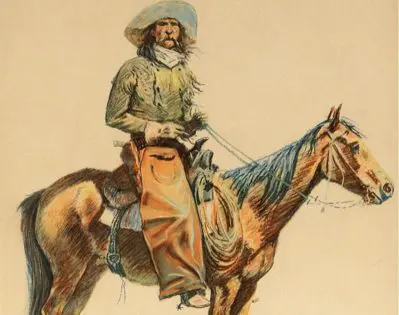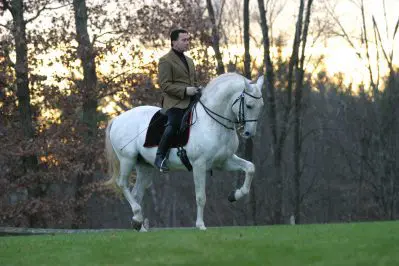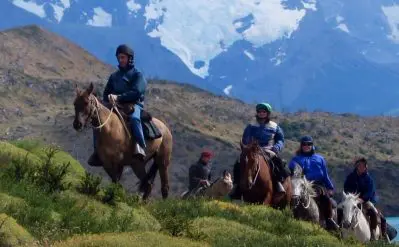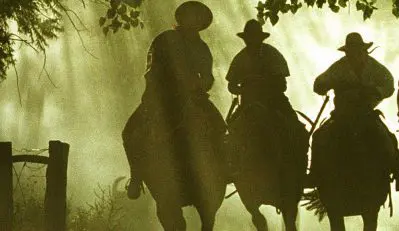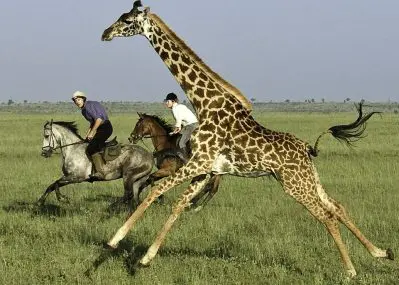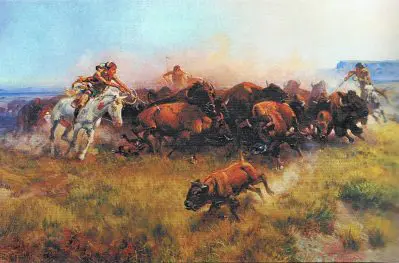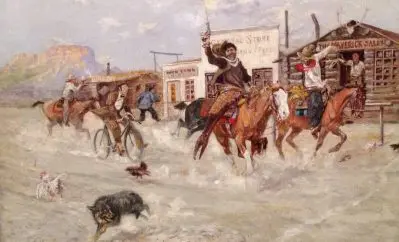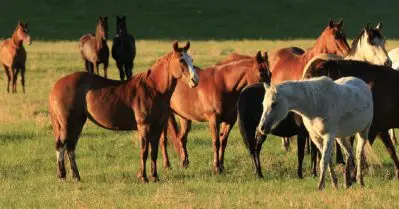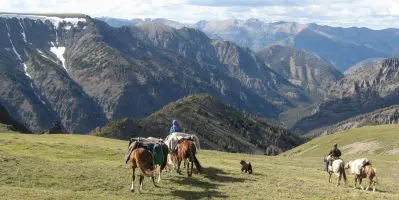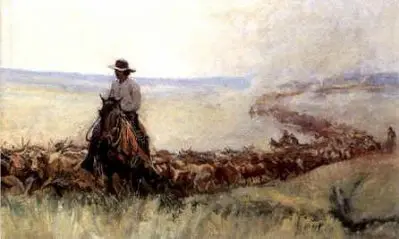An Exploratory Riding Vacation in Spain

One of the greatest perks of being a ride consultant at Equitours is being able to travel, actually experience our rides first hand, meet and develop friendships with our outfitters, and get to put faces to the names of the wonderful customers who come back year after year to us for their equine adventure vacations. So I was naturally excited about meeting up with my clients Beth and Kathryn at the airport to embark on an exploratory new ride in Spain with Maria Elena, a wonderfully vivacious and gregarious outfitter Equitours has been working with for many, many years. She had proposed a sample itinerary which was to offer the best of riding in both the Gredos Mountains and the Segovia foothills. (Note: the new Equitours ride resulting from this exploratory trip is called “Trails of Old Castile” and is now available for booking.) Maria Elena promised that especially the Gredos area in early to mid June would be lovely and alive with wildflowers, and I was very excited to finally be able to actually meet and ride with her.
When I go on riding adventures I always plan an extra day before the ride begins, not only to be sure to get there on time, as one never knows with airlines these days, but also to have a chance to get over any jet lag and explore a local city before heading off to ride. For this trip, the outfitter had suggested Avila, a medieval town fairly equidistant between Madrid, Gredos and Segovia and therefore an ideal starting point.
The easiest way to get to Avila from Madrid is to catch a train from the San Martin train station which is easily reached by taxi from the Barajas airport. Taking the short 1.5 hour train ride through the Spanish countryside is a fun way to get a first impression of the area. I was surprised by the arid vastness of the area around Madrid which became increasingly rural as the train rumbled along. Upon arrival in Avila, an UNESCO town with a walled fortress at its center, we took a taxi to the Hotel Las Cancelas in the heart of the city and checked into our rooms. I was surprised by how little English was spoken at the hotel and vowed yet again to finally tackle the Spanish course that has been sitting untouched on my desk at home for some time now. That will be a winter project for sure. After freshening up a bit, Beth, Kathryn and I set out to discover this medieval enclave a bit on our own before calling it a night following a nice dinner at the hotel restaurant.

We arrived in Spain a couple of days before our ride in order to do some sightseeing around historic Avila. Pictured is part of the medieval city wall from 1090.
The following morning we continued our exploration of Avila, including walking along and on top of the walled perimeter of the town, until it was time for our pickup and one hour transfer to the Gredos area. I eagerly awaited meeting Maria Elena and, of course, the horses which we would be riding for the next 3 days while exploring the Gredos mountains.
As we neared Gredos, the countryside became much more verdant and we started noticing small villages that dotted the hillsides. Soon we arrived in the village of Navarrendona and were taken to our accommodations for the next three nights at the Parador de Gredos, a charismatic old hunting lodge with plenty of atmosphere. There we met up with Maria Elena who showed us to our rooms. We had a couple of hours to settle in and freshen up before we met for drinks. There was a celebratory atmosphere that evening in the hotel. The local gorse festival was coming to an end and photos taken by the town citizens of arrangements featuring that bright yellow flower were on display. We found ourselves caught up in the excitement. Afterwards we set down to a scrumptious meal in the hotel restaurant which gave us a good impression of the culinary experience we would have the entire week ahead. Four course meals at the end of the day, fresh local products to tantalize our palates – a true gourmet experience!
After a good night’s sleep, interspersed softy by the sounds of cows and cow bells from the surrounding forest, we were all very excited to finally get on the horses the next morning following the sumptuous breakfast buffet served at the hotel. Our little group was picked up at 9.45 AM and taken to the stables located outside the village where the horses were waiting for us, all saddled up and ready to go. This would be the norm for the week and what a treat that was as we were all used to doing such horse chores ourselves back home in the states. We soon discovered that the extremely comfortable trail saddles with a deeper seat and thick knee rolls made riding the horses in Gredos very comfortable.
The first horse Maria Elena chose for me was a spunky and quite forward Arab Andalusian cross that reminded me a bit of one of my horses at home. Needing to take photos while on the ride, however, I requested a somewhat quieter mount for the next couple of days and was obliged. I think most riders always find the first group canter and gallop somewhat challenging on a new horse but before long everyone settled down and we were off at a good pace. We enjoyed numerous nice trots and canters as well as a few gallops through the mountainous countryside blanketed with wildflowers galore, including the gorse bushes with their yellow blossoms. After about 1.5 hrs of riding, we arrived at our first aperitivo spot in the countryside and were informed that this was just a refreshment stop and not yet the full fledged lunch. A picnic table was beautifully set with various drinks, including local wines and beer, as well as snacks such as prosciutto, salami, olives and fruits of the season. This just blew me away and we knew we were definitely in for a culinary treat during the week ahead.
The ride continued through pine forests and along creeks in small valleys before we stopped mid-afternoon for lunch at a farmhouse. There we enjoyed more local fare followed by a short siesta. We arrived back at the stables around 6 PM that evening which made for a short day but was a wonderful introduction to the activities awaiting us. After the horses were unsaddled and washed off it was a treat to see them cantering down the breezeway of the stable as they were turned out into a nearby field for the night. I couldn’t wait to see what the next day of riding in Spain would bring.
As requested, the next morning I was paired with a lovely Andalusian named Cisco who I lovingly called “Punky” because his mane stuck straight up. He was a bit more up my alley, a gentleman through and through, who would wait patiently while I took pictures of the countryside and the other riders, sometimes over and over until I had the shot I wanted. The Gredos Mountains surprised me with their vibrant beauty and wildflowers galore! The first three days flew by much too quickly.

The 10 course catered luncheon on top of a bench high up in the mountains was unforgettable.
On the last day Maria Elena outdid herself with a 10 course catered luncheon on top of a bench high up in the mountains on a beautiful lake surrounded by snow covered peaks. The gallops on the way back made our hearts sing and everyone was sad to say good-bye to the horses we had come to trust over the past several days as they safely carried us down sandy paths, across valleys and through forests.
Late in the afternoon on the third day we were picked up at the stable area by Enrique. He and his horses would guide us around the foothills of the Segovia area for the next few days. Since Enrique spoke only a few words of English, Maria Elena joined us in Segovia. We were glad to have her company as we had all grown very fond of her outgoing nature. After having been in the riding business for so many years, the stories she told were wonderfully entertaining and, despite our 10 year age difference, we had so many parallels in our lives that I felt as though I had found a long lost friend.
Enrique owns a show jumping stable in Segovia so his horses were much leaner, accomplished jumpers and quite forward to ride. The first few days in the Gredos area had been cool to mild while the first day in Segovia, where we were to cover about 40 km, turned out to be an extremely hot day. Paired with a new horses that we had to get used to including much longer canters and gallops along the foothills and cañadas of the area made for a very long and somewhat exhausting day.
The much appreciated aperitivo stop was in a shaded area on the outskirts of a village. Lunch would be served much later so we rode through the heat of the day. Upon arrival at the late lunch stop some of us were feeling the effects of the unexpected heat wave. I had to dunk my head several times in a small creek before I was sufficiently cooled off to have lunch and continue riding. Luckily we only had another 7 km to go before coming into the village of Pedraza. We went on strike and requested to walk the rest of the way into the village as we had simple trotted, cantered and galloped enough for one day! Enrique and Maria Elena obliged us.
What a beautiful sight the little village was as it came into view at the end of the day, sitting on top of a hillside with old cobblestone roads and charming little hotels. After a quick and very refreshing shower we all decided to meet at the village square for a refreshing gin and tonic before dinner. The evening was wonderfully mild so we sat and enjoyed our drinks well beyond the appointed dinner time. Being the only ones in the hotel for dinner that night it didn’t matter. By now our small group was becoming quite cohesive, swapping life stories over drinks and then dinner. During the days in Gredos there had been a journalist from Great Britain on the ride as well as a Swedish photographer and his daughter who were putting together an article for Conde Nast Traveler. They, however, had left the ride after the first ride stage in Gredos.
The next morning we were all still quite exhausted from the previous long day and unanimously decided to make it a shorter day of riding, which was possible since the next village was not too far away. In this area of Segovia the ride passed through shorter pine shrubs and lavender fields in bloom, and the countryside had a lovely purple hue sprinkled with wildflowers of yellow and red throughout. It was the perfect week to experience this display of color as, due to the heat, it would only last briefly.

The carpet of lavender was quite a view from the saddle!
Too soon our riding week in Spain was coming to an end. The final morning brought more lovely long canters and gallops along the cañada treks of the area with the highlight being cantering through a lovely huge field of wildflowers and lavender before reaching Enrique’s stable outside of the city of Segovia in the mid-afternoon. Here we could watch the show jumpers at work during lessons and riders exercising their horses.
While all that was taking place we enjoyed lunch in a shaded area by a swimming pool, of which we all took advantage. Nothing reminds me more of my childhood summers than diving into a pool and having a picnic lunch with fresh water melon served as dessert. That night we stayed at the Parador of Segovia, overlooking the city and its cathedral, and revisited our adventures of the week over our last dinner as a group. We were all sad that our riding vacation in Spain had come to an end so quickly but made plans to meet up and ride with Maria Elena and Enrique again someday!
Ride Review written by Biggi Hayes


